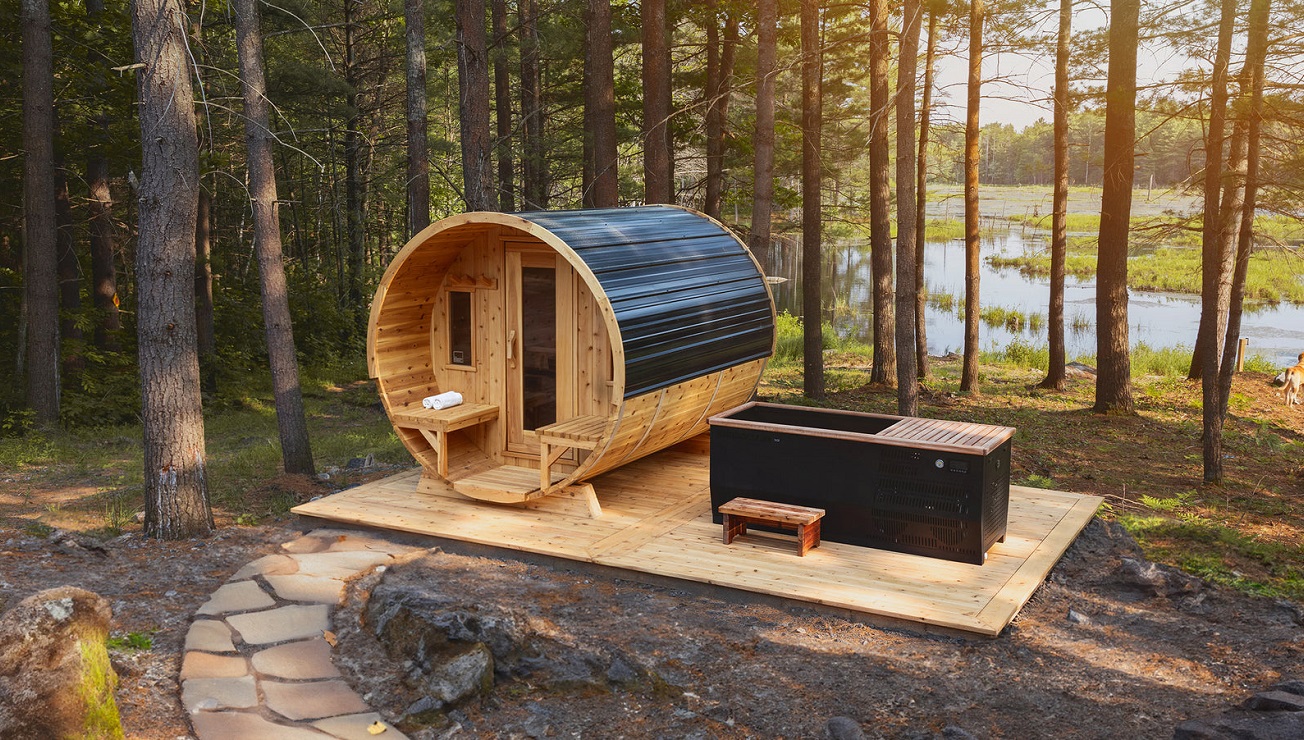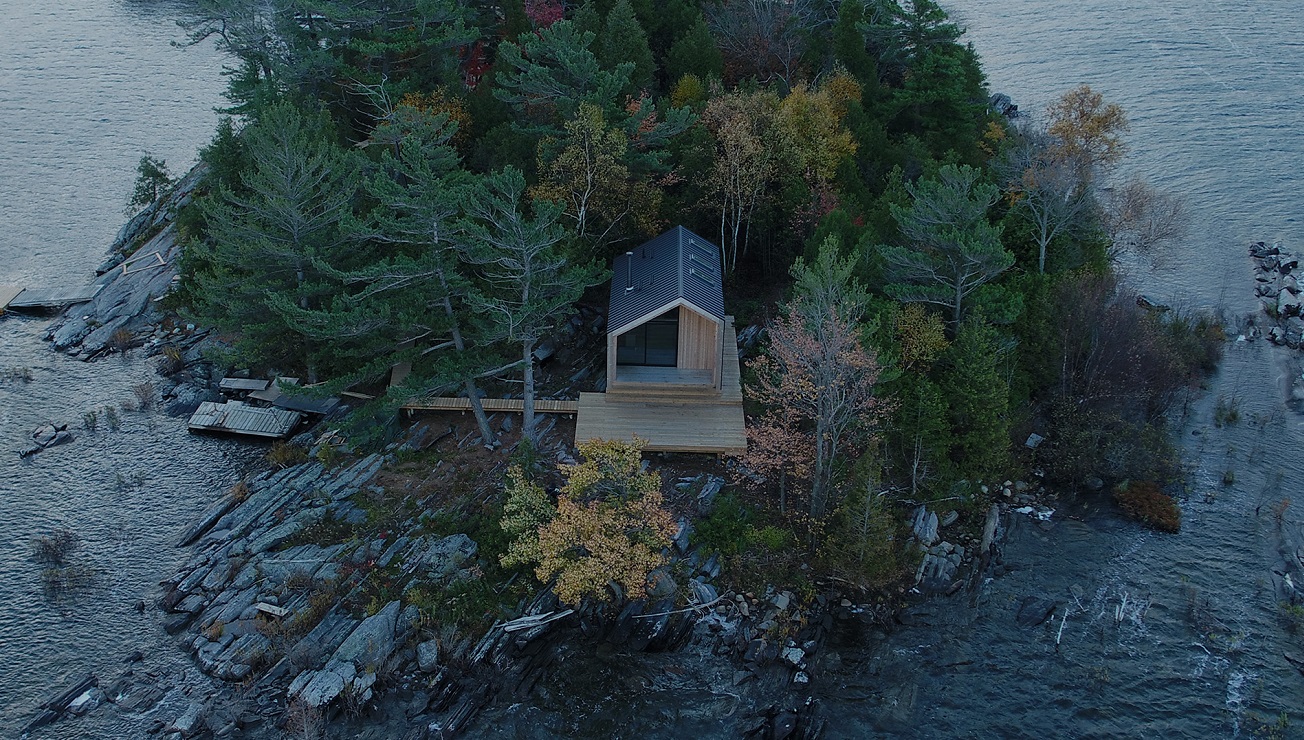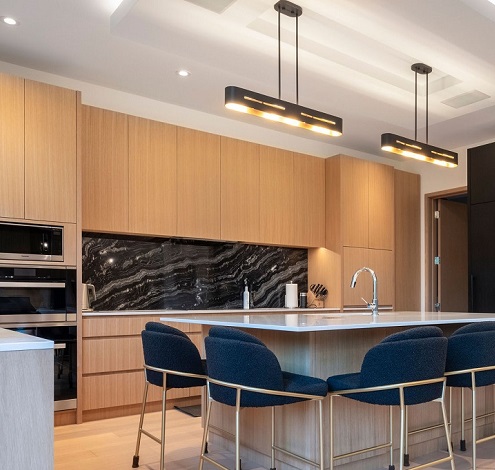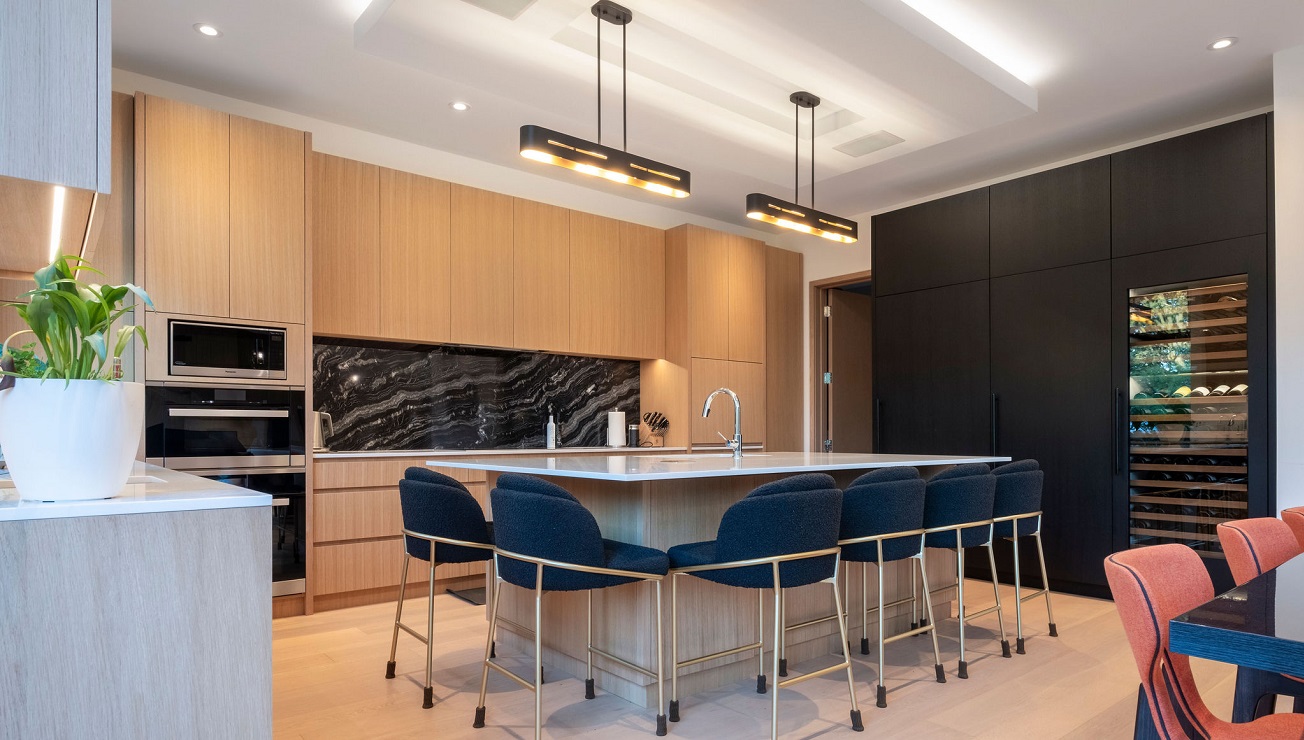In the realm of residential construction projects, whether it’s building your dream home, renovating a kitchen, the temptation to choose a builder based solely on cost is ever-present. After all, who wouldn’t want to save a few bucks, especially when budgets are tight? However, the adage “you get what you pay for” couldn’t be more relevant in this context. While cost is undoubtedly a crucial factor, it’s imperative to consider the broader implications of prioritizing it above all else. In this article, we’ll delve into the numerous pitfalls of selecting a builder based solely on cost and why it’s crucial to weigh other factors in the decision-making process.

1. Quality Compromises
Builders who offer significantly lower quotes often achieve this by cutting corners on materials, labor, or both. While this might seem like a bargain upfront, it almost invariably leads to compromised quality in the finished product. Cheap materials are more prone to wear and tear, which could result in costly repairs or replacements down the line. Likewise, builders who underpay their workers or rush through projects to save time can deliver subpar results, jeopardizing the structural integrity and aesthetic appeal of your property.
2. Lack of Accountability
Choosing a builder solely based on cost can often mean sacrificing accountability. Lower-priced contractors may not have the same level of insurance coverage or warranties as their higher-priced counterparts. This lack of accountability can leave you vulnerable to additional expenses in case of accidents, damages, or disputes during the construction process. Moreover, builders who offer rock-bottom prices may be more inclined to cut ties or disappear altogether if issues arise, leaving you stranded with unfinished or poorly executed work.
3. Hidden Costs
While a low initial quote might seem appealing, it’s essential to consider the possibility of hidden costs lurking beneath the surface. Builders who offer unrealistically low prices may do so by omitting crucial aspects of the project or underestimating the true scope of work involved. As the project progresses, these hidden costs can quickly add up, blowing your budget and causing significant financial strain. It’s crucial to thoroughly vet any quote and ensure it includes all necessary expenses to avoid unpleasant surprises down the line.
4. Compromised Communication and Collaboration
Effective communication and collaboration are essential for the success of any construction project. However, builders who prioritize cost savings over other factors may not invest the time or resources necessary to foster a productive working relationship with their clients. This lack of communication can lead to misunderstandings, delays, and frustrations throughout the construction process. Additionally, cheaper builders may be less responsive to feedback or unwilling to accommodate changes, further exacerbating tensions and hindering progress.
5. Legal and Regulatory Risks
Cutting corners on costs can also expose you to legal and regulatory risks. Builders who operate at significantly lower prices may do so by bypassing necessary permits, licenses, or building codes to save time and money. This puts you at risk of fines, penalties, or even legal action if authorities discover non-compliance during or after the construction process. Moreover, skirting regulatory requirements can compromise the safety and structural integrity of your property, posing serious risks to occupants and diminishing its resale value.
Conclusion
While cost is undoubtedly a crucial factor when selecting a builder for your construction project, it should not be the sole determining factor. Opting for the cheapest quote often comes with a myriad of risks and potential pitfalls that can outweigh any short-term cost savings. Instead, it’s essential to prioritize quality, accountability, transparency, and communication when evaluating potential builders. By conducting thorough research, obtaining multiple quotes, checking references, and scrutinizing contracts, you can make an informed decision that ensures the success and longevity of your project. Remember, investing in a reputable and reliable builder may require a higher upfront cost, but the peace of mind and quality results they deliver are priceless in the long run.















